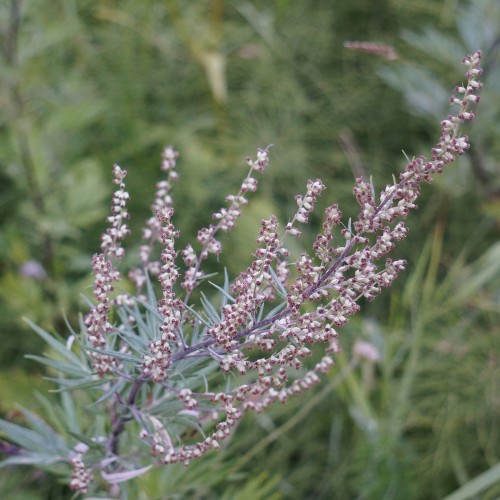All posts tagged artemisia vulgaris
Mugwort, The Magical Herb
Mugwort, or artemisia vulgaris, is a hardy, vigorous, woody, perennial, flowering plant native to Europe. It belongs to the potent artemisia family named after Artemis, the Greek god of fertility, forests, and hunting. Famous herbs in this family include wormwood and sagebrush which have long herbal traditions alongside mugwort. Apart from the name mugwort, the plant goes by several names including old uncle Henry, and wild wormwood. Continue reading [...]

